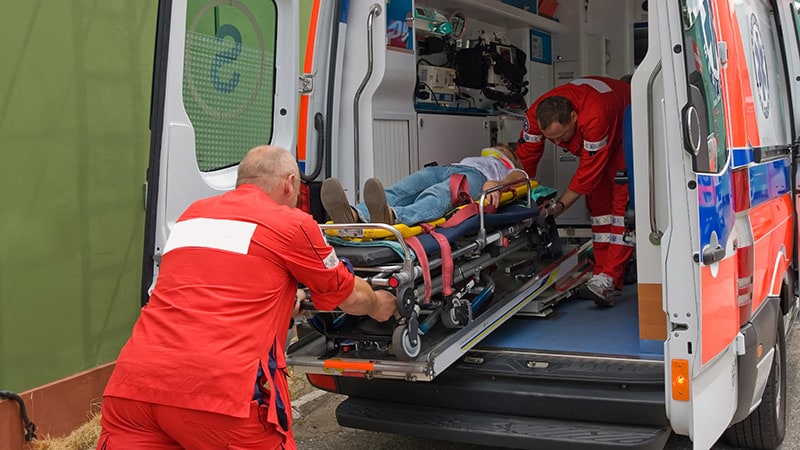Takeaway
- A combination of acetaminophen, ibuprofen, and oral morphine offers good analgesia for 93% of children with upper-limb fracture undergoing reduction in the emergency department.
Why this matters
- Major-society guidelines on paediatric injury management are vague about pain control during manipulation of injured limbs, authors said.
- Intravenous lines can facilitate analgesia but also hurt and frighten children.
Key results
- 12 (11.9%) required the additional morphine dose before the procedure.
- Mean pain scores:
- At baseline: 5.0±2.6.
- Before reduction: 2.1±2.3.
- During reduction: 2.6±3.3.
- After reduction: 1.3±2.2.
- 94/101 (93%) patients and 90/101 (89%) parents said analgesia was satisfactory.
- Children aged >10 years reported significantly worse baseline and during-reduction pain vs those aged ≤10 years.
- 7 experienced nausea, and 2 vomited.
- All were normally alert at discharge.
- 10 later required general anesthesia because of inadequate reduction or displacement.
Study design
- Prospective observational single-centre study of oral medication protocol in consecutive children requiring reduction of closed upper-limb injuries (n=101).
- 1 hour before, children received 15 mg/kg acetaminophen, 7.5-10 mg/kg ibuprofen, and 0.5 mg/kg (up to 20 mg) oral morphine.
- Additional 0.2 mg/kg morphine (up to 10 mg) permitted.
- All received nitrous oxide and oxygen during reduction.
- Outcome: pain scores.
- Funding: None.
Limitations
- No randomisation or control group.
References
References



